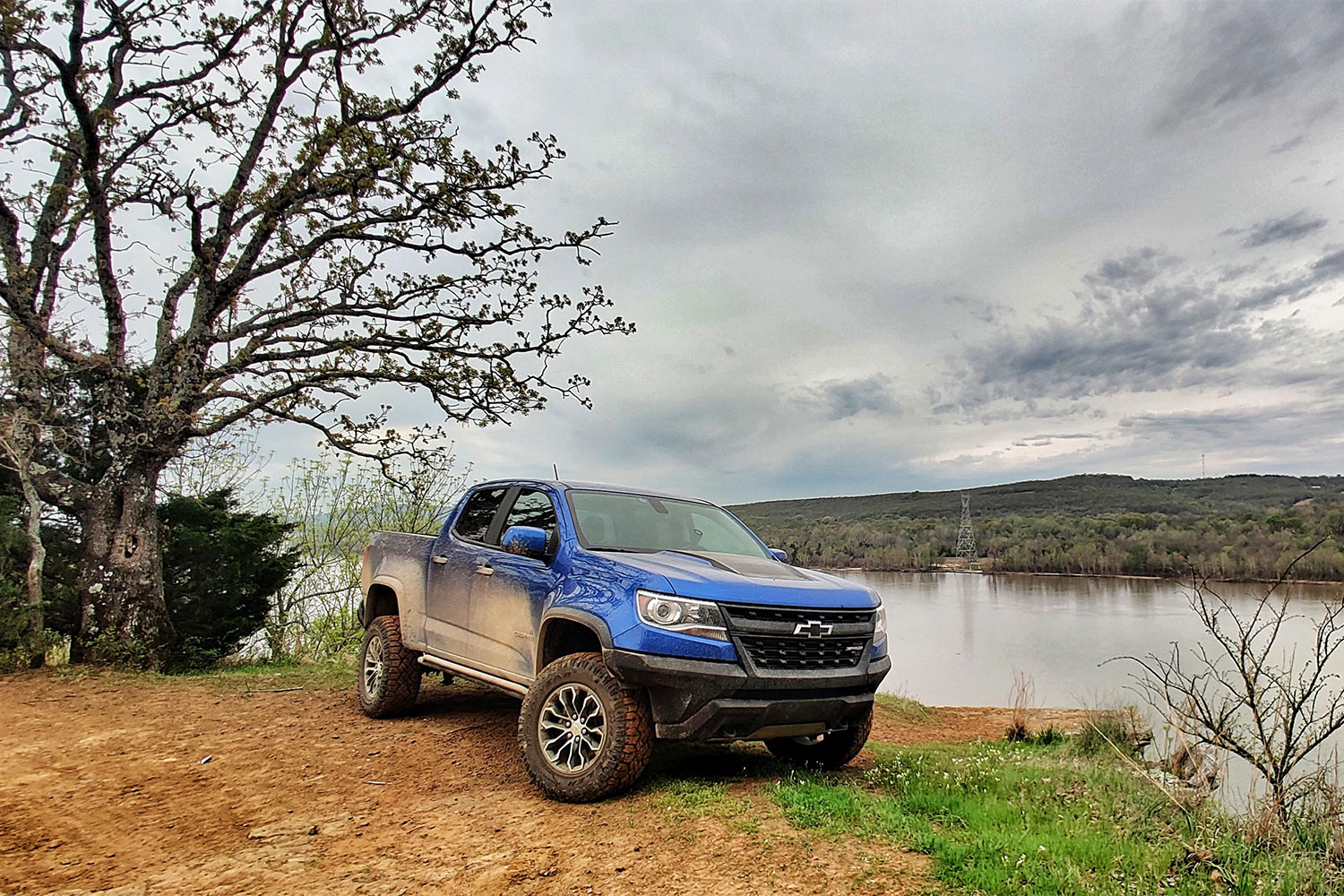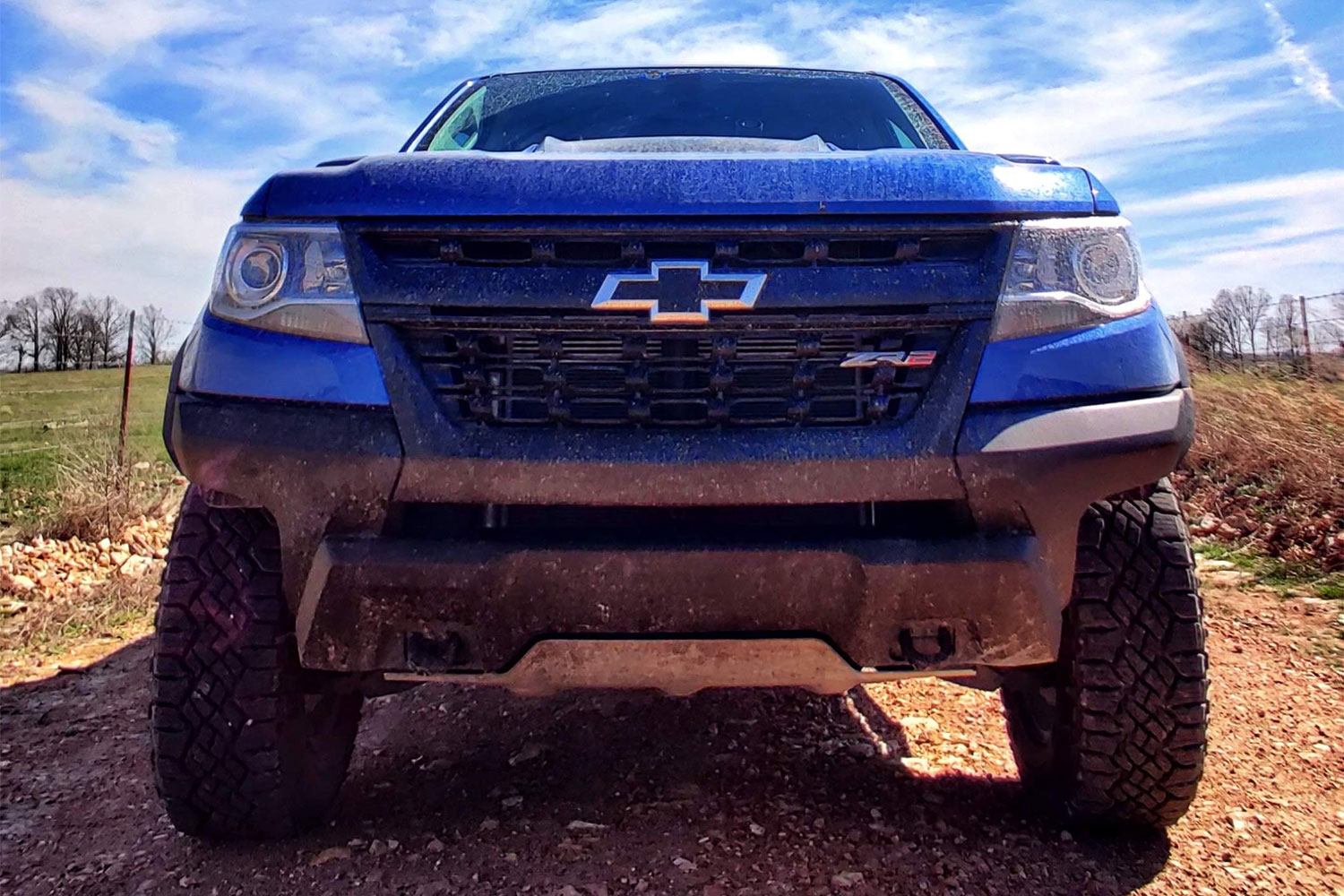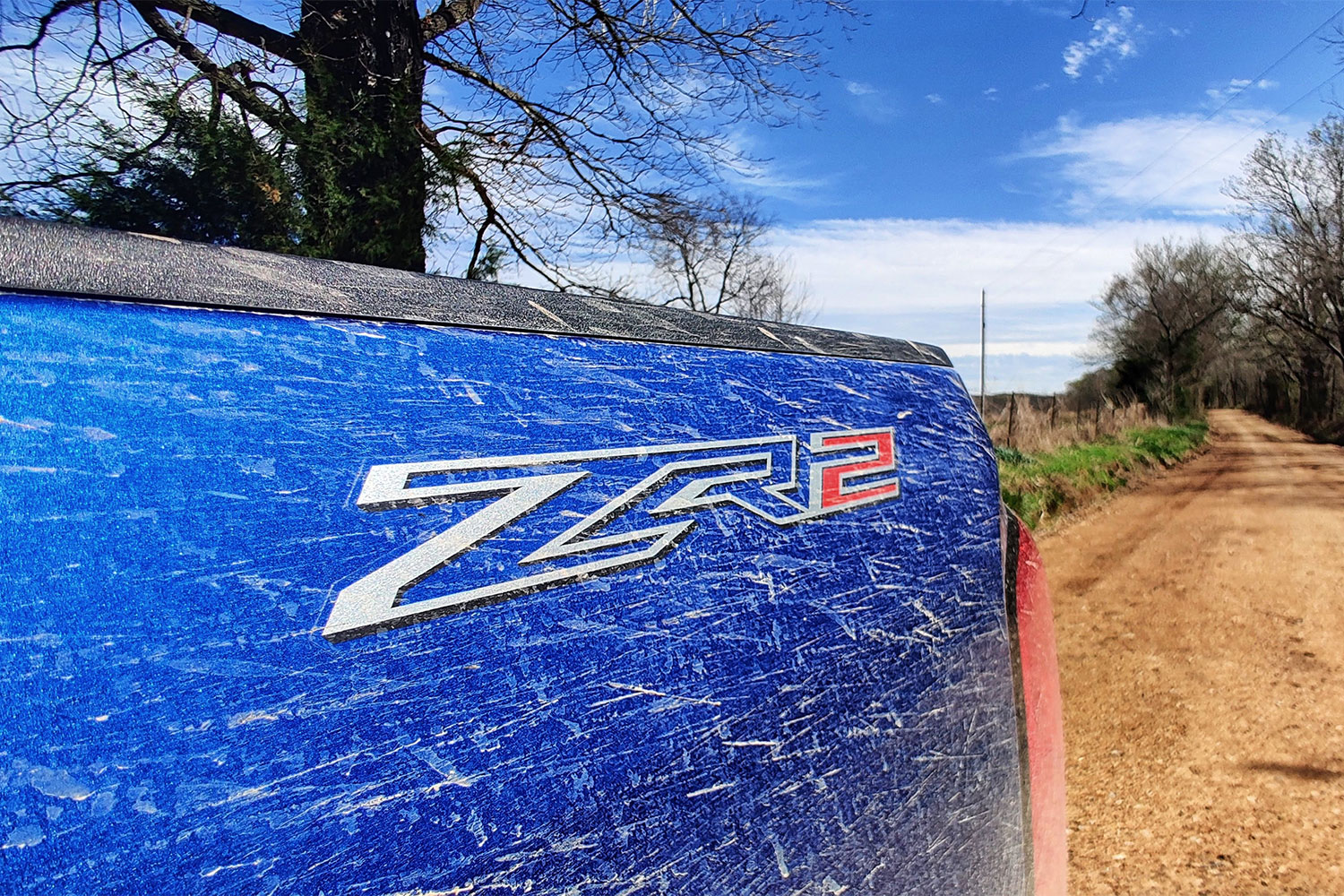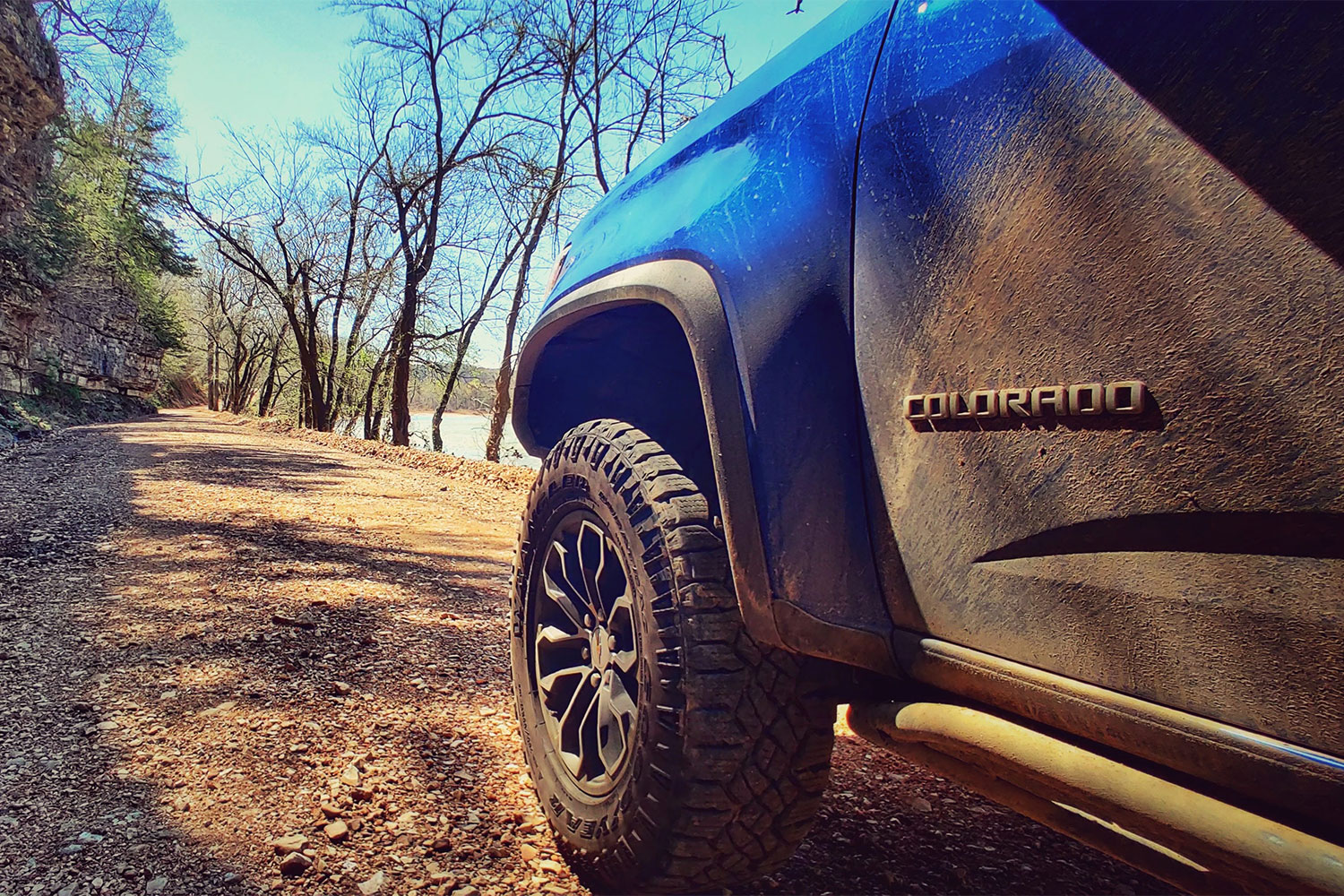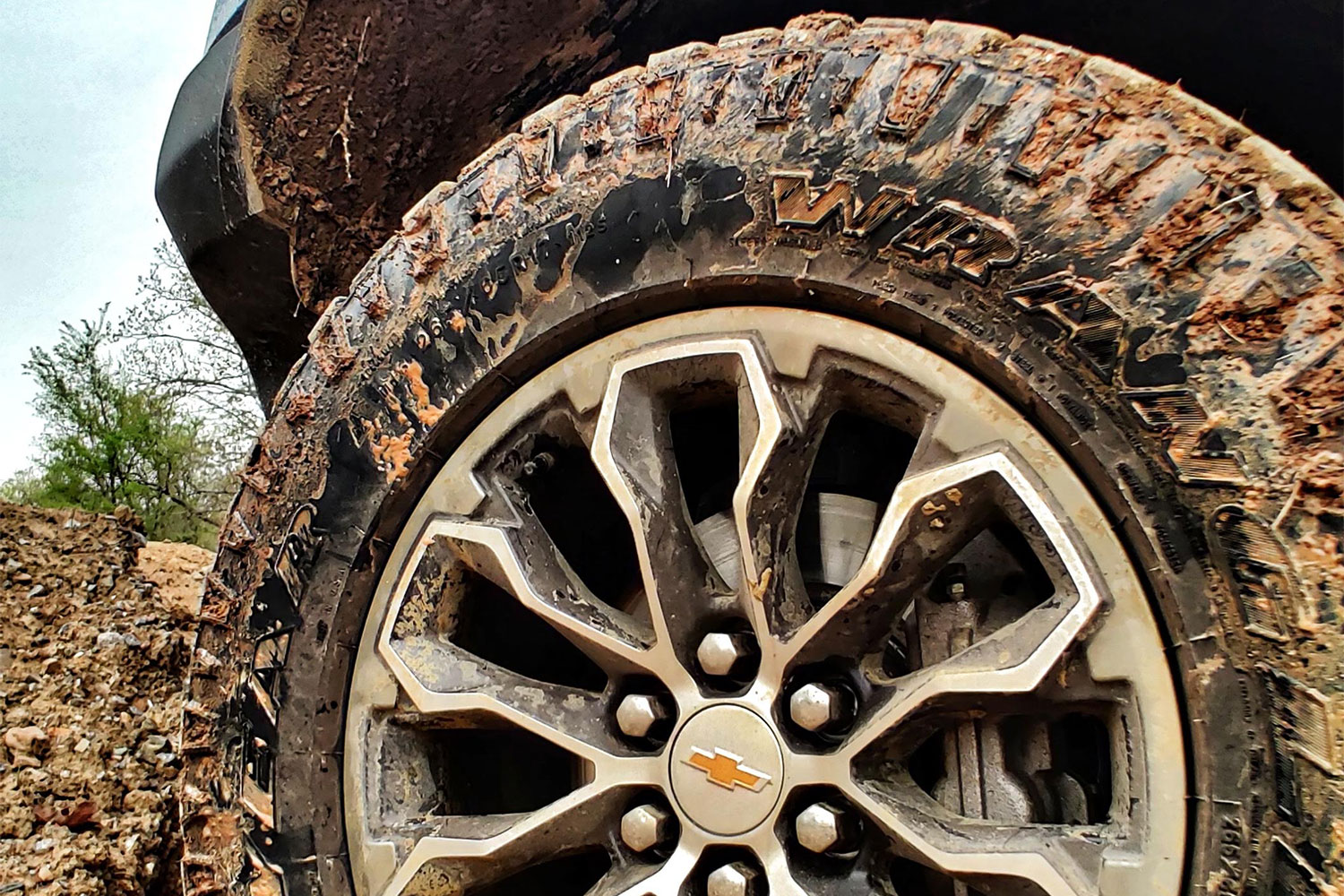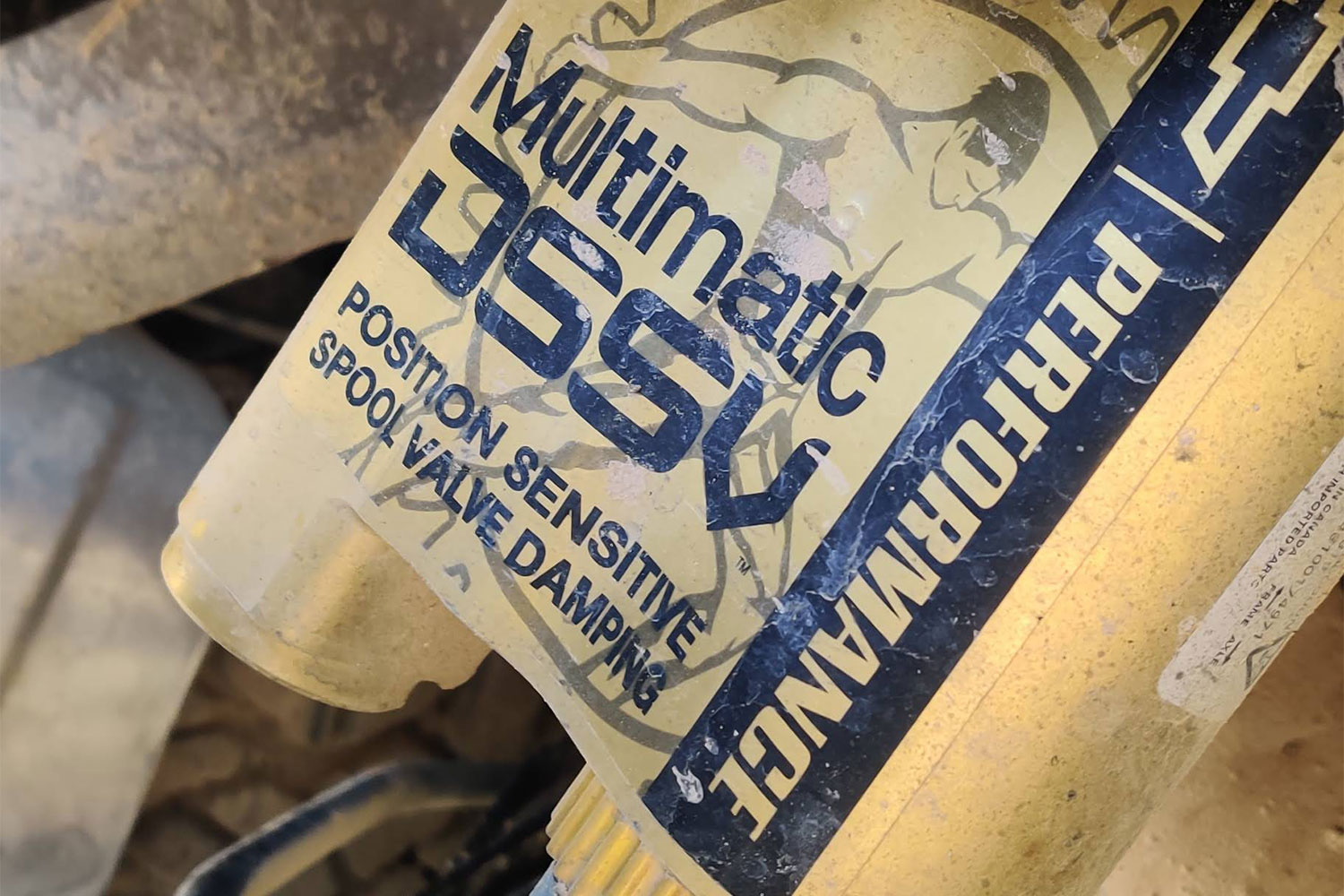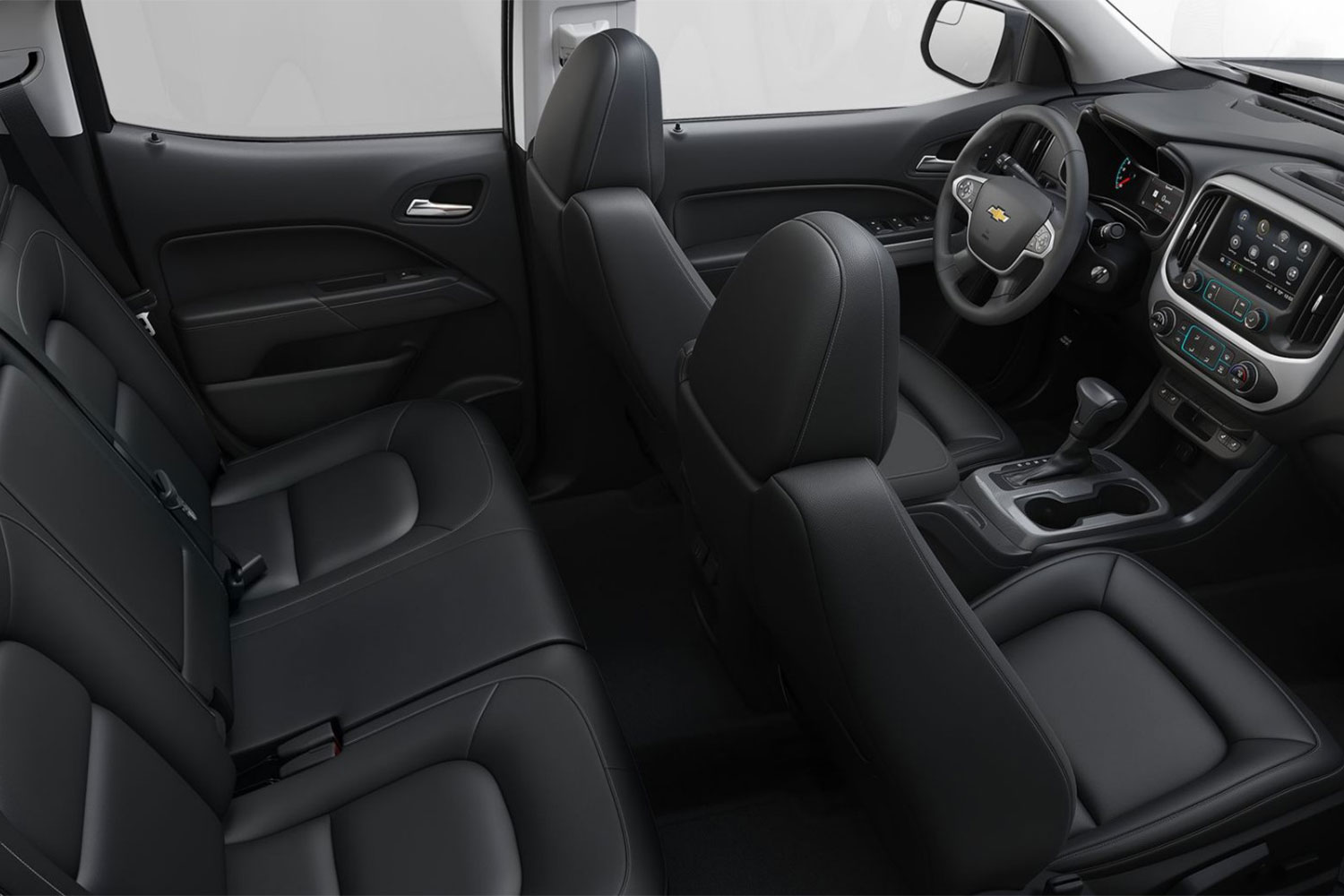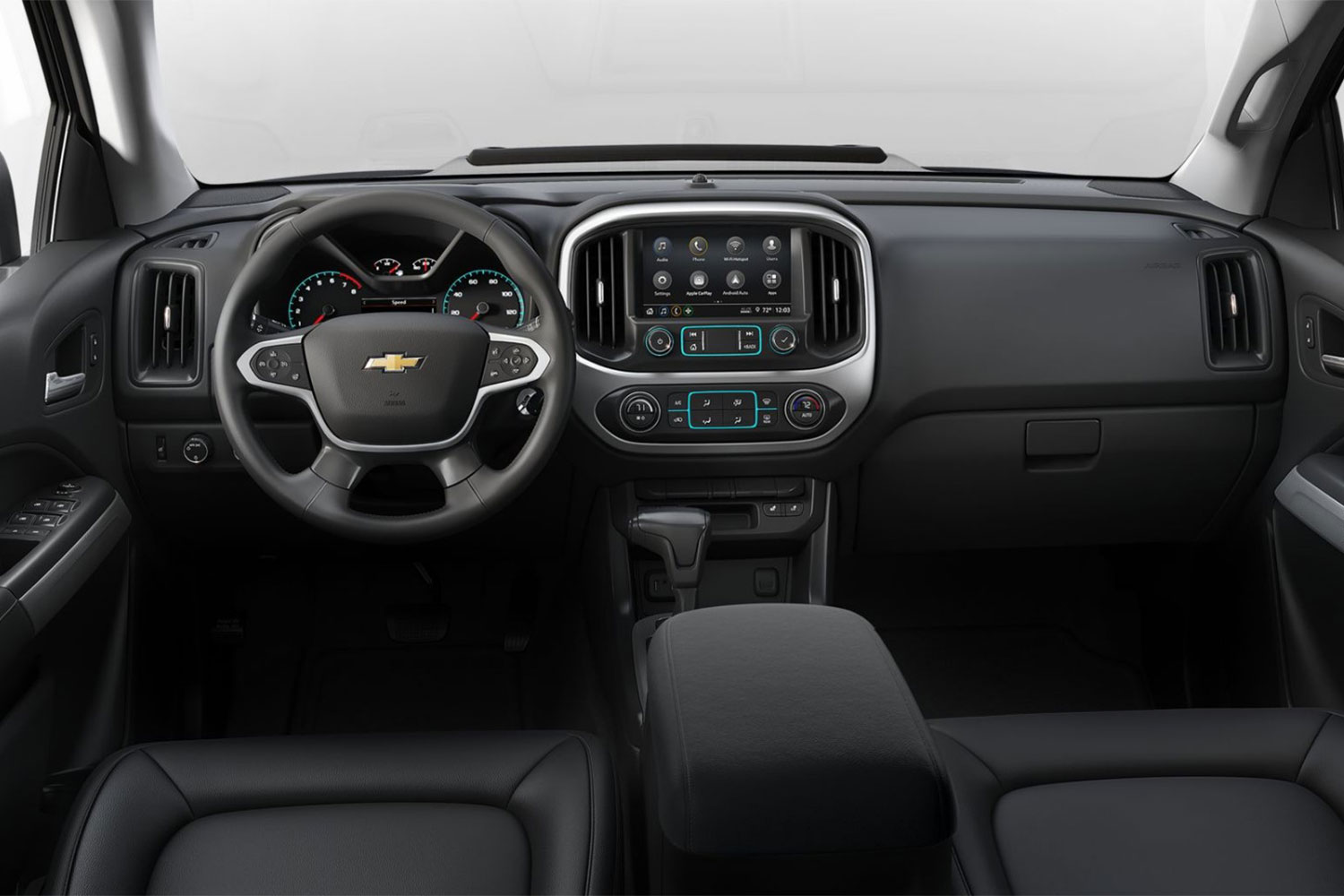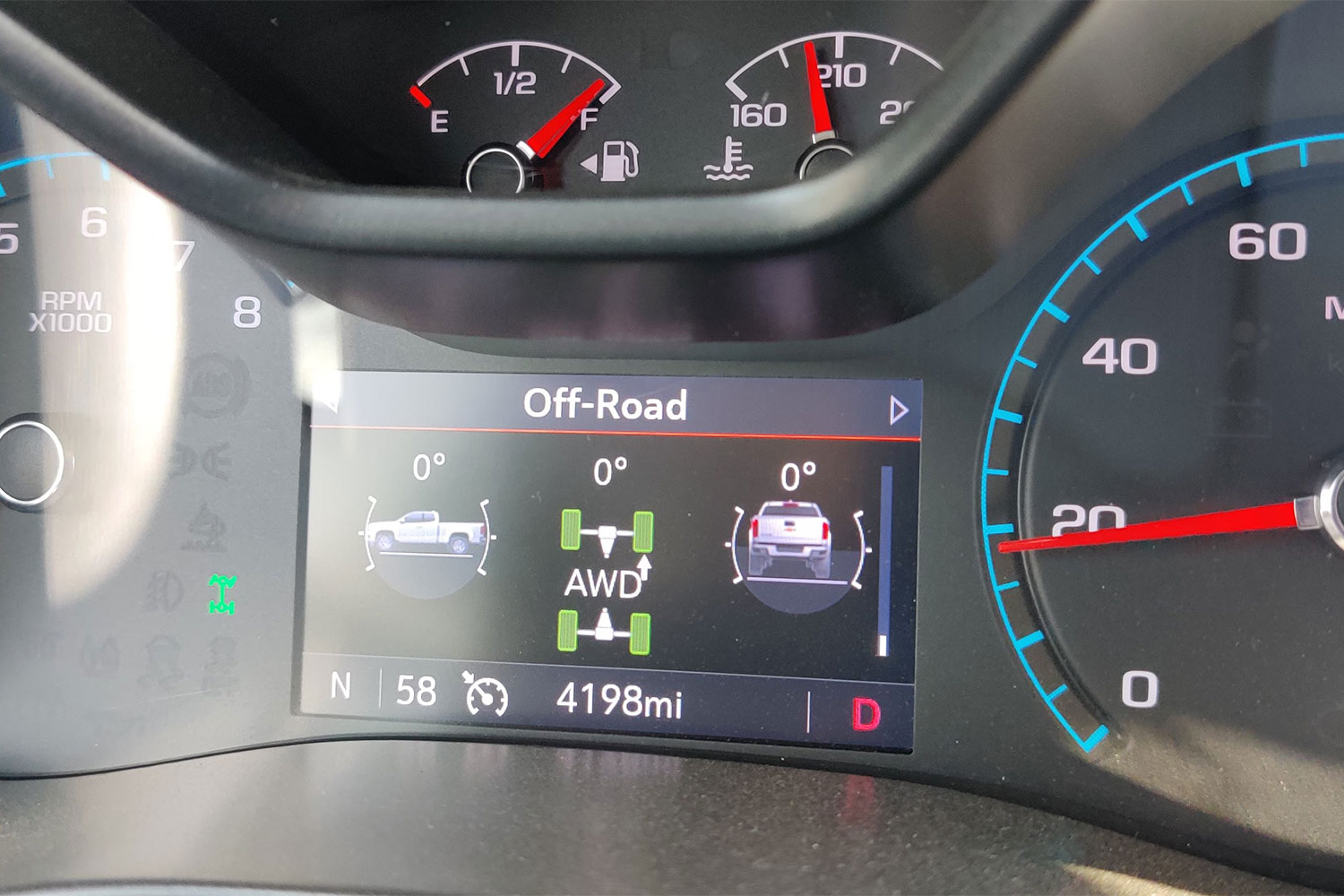There was a time when trucks were trucks. For decades, pickups in particular, were designed to be used, even happily abused. They were workhorses, plain and simple: Pared-down, rugged, and utilitarian. (Cue the Clydesdales, flags, and Rocky Mountain high.) Then, sometime around the turn of the century, we all went tech-crazy. In Brooks Hatlen’s prescient words from The Shawshank Redemption, “The world went and got itself in a big damn hurry.” Automakers took up arms to battle over who could offer the biggest touchscreens, the sleekest navigation systems, and the fewest cabin knobs and switches.

There’s no denying that high-tech conveniences have seriously elevated the modern driving experience. You haven’t lived until you’ve cruised the Atlantic Coast in a Lincoln Navigator Black Label, cradled by a 30-way adjustable power driver seat with heated butt-massage capabilities. Still, there’s something to be said about the purity of a Jeep Gladiator or a Toyota 4Runner. As the world marches steadfastly toward modernity, these trucks and SUVs proudly maintain their roots. There’s beauty in their raw simplicity. This is the space in which the 2020 Chevrolet Colorado ZR2 lives.
The base model 2020 Chevy Colorado is a mid-sized workhouse designed for mostly on-road and occasional off-road use. In ZR2 trim, however, the Colorado is an entirely different beast. At first glance, it’s obvious the 2020 Colorado ZR2 is no run-of-the-mill grocery-getter. With an aggressively shaved front bumper, an imposing 3.5-inch wider track stance, and rugged all-terrain tires, this is a pickup that means business. Indeed, it was designed from the ground up for off-road enthusiasts. Under the hood, the standard 3.6L V6 delivers a best-in-class 308 horsepower and 275 lb-feet of torque. Ticking the optional engine box will let you upgrade to a Duramax 2.8L turbo-diesel with 186 horsepower and 369 lb-ft of stump-pulling torque. The flagship version boasts 48mm more factory-installed lift, while rock sliders and skid plates provide extra protection for, in Chevy’s words, “when the action gets serious.”

To find “serious action” near my home in Tulsa requires equally serious Google skills. While we’re proud to say that “we’re not as flat as Kansas,” Oklahoma is not known for its world-class rock-crawling and off-road parks. What we do boast, however, is one of the longest stretches of the Transamerica Trail (TAT) of any state in the country. This unofficial 5,000-mile route follows mostly unpaved, traffic-free roads across the entire United States. It’s an off-road explorer’s dream.
The day after taking delivery of my 2020 Colorado ZR2 tester, I picked up the TAT at the Oklahoma-Arkansas border and drove west toward Tulsa. For the better part of 150 miles, this section of the trail winds through and around Oklahoma backcountry. It’s a rural route with a mix of hard-pack, loose gravel, muddy access roads, and light water crossings dotted with sprawling farms and ranches. It’s not technical by any standard, but it proved a great test track for putting our Colorado ZR2 V6 through its paces.
In a word, the ZR2 is confident off-pavement. In two words, it’s confident and fun. It’s surefooted crawling through fresh mud, over downed branches, and across bridges drowning in rainwater run-off. Through several rally-worthy turns along the TAT, I was able to slip the back end slightly, though predictably, while powering through corners peppered with loose gravel and golf-ball-sized pebbles. But, the Colorado never came close to losing control. This confidence makes it easy to push the ZR2 to what might feel like its limit, even when you know that it’s not.
When the going gets really rough, however, the Colorado ZR2 tackles the terrain with equal aplomb. I took my tester for a separate spin — er, crawl — around Camp Gruber ORV Park. It’s a 455-acre off-road technical park that loops through tightly wooded trails, muddy washouts, rocky hills, and skid-plate-crunching uphill climbs along the Arkansas River. It’s best suited for small, hardcore ATVs, but this environment is where the ZR2 shines. In most off-road situations, the truck’s four-wheel-drive setup is more than capable. The ZR’s ace in the hole, however, is its driver-selectable locking differentials front and rear. It’s the only pickup in its class with both. The lack of electronically-controlled drive modes feels decidedly old-school and welcome. The driver gets no help from any automated nanny technology here. Instead, it’s entirely up to them what combination of power and differentials to use and when. Regardless, in 4LO mode with both differentials locked, there’s very little the ZR2 can’t get through or over.
What’s more, Chevy borrowed the same shocks from the latest Camaro. The Colorado ZR2 is the only pickup truck on the market with these advanced, Multimatic’s F1-inspired DSSV (Dynamic Suspensions Spool Valve dampers) shocks. The high-tech gadgetry behind this exclusive setup translates to a much smoother overall ride. Off-road, it’s a thing of beauty. From inside the cabin, the ZR2 eats massive potholes, softball-sized rocks, and oversized branches with ease. It doesn’t quite deaden the feel of the terrain from the driver’s perspective, but rather makes it a lot more liveable.
Back on the road, I found the ride firm, but not punishing. By pickup truck standards, it’s downright cushy. It’s especially surprising given the Colorado’s Goodyear Wrangler Duratrac off-road-centric tires. Credit that to the magic of the Multimatic shock setup. The 300-plus horsepower of my tester truck offered more than enough oomph to get the ZR2 up to freeway speeds with ease. Chevy touts a 0-60 time of just 7.1 seconds and that feels accurate. That’s respectable given the pickup’s nearly 5,000-pound curb weight. Sure, it all translates to an abysmal 16 miles-per-gallon fuel efficiency (my average in mixed driving over one week). But, who buys a hardcore, off-road-ready pickup expecting great gas mileage?
If there’s one place the ZR2 falls short, it’s the cabin. On paper, it has all the requisite techno-comforts of a 2020 model year vehicle: Remote start, a satellite radio with Bluetooth, a heated steering wheel, 4G LTE Wi-Fi capability, and an 8-inch touchscreen infotainment system that’s crisp and responsive. But, the overall design feels like an afterthought. It’s an ultra-streamlined sea of plastic that’s merely functional. It all works, but it’s hard not to expect more in a vehicle that’s billed as “premium.” For the more adventurous off-road-hungry audience the ZR2 is targeting, that may be just fine. Still, it’s impossible to ignore the ho-hum aesthetic, particularly when compared to the rugged, military-cool chic of the latest Jeep Wrangler cabin.
In my week-long test of the 2020 Colorado ZR2, however, I forgot about what was happening inside the cabin. More specifically, I didn’t care. On day one, I dialed in a few satellite radio presets, rolled the windows down, and kept my eyes on the pavement-free road ahead. I suspect most adventurous types in the market for a premium, off-road-centric, mid-sized pickup will do the same. Chevy’s marketed the Colorado as being in a “segment of one.” They’re mostly right. For those who can’t afford a $55,000-ish Ford F-150 Raptor, the Colorado ZR2 and Toyota Tacoma TRD Pro are the next best — and, more importantly, affordable — things.
In ZR2 trim, the 2020 Chevy Colorado bases at $44,095, including the destination charge. Adding a dealer-installed Power Package ($1,850) and Kinetic Blue Metallic paint scheme ($395) pushed the bottom line for our 2020 Colorado 4WD ZR2 Crew Short Box to $46,340.
